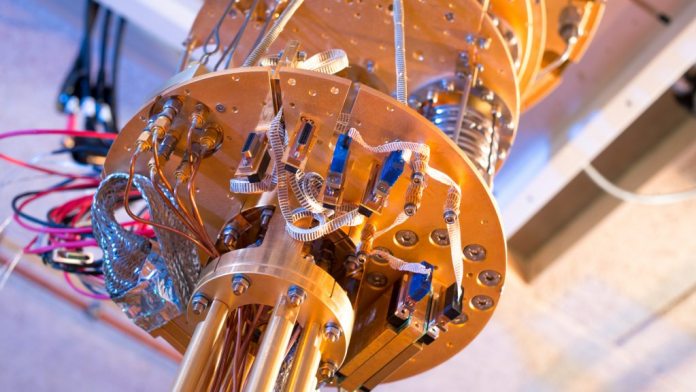Following a collaboration with the Pacific Northwest National Laboratory and ETH Zurich, Microsoft is presenting a paper that highlights the capabilities of the AutoRXN workflow. For example, the workflow can deliver a suite of automation services, which allows scientists to be more productive by focusing on development and methodology for new technology. Predictive chemical synthesis can be painstaking when inputting processes manually, so AutoRXN helps to lift the load. In fact, the quantum optimizations and code management mean the software can handle the automation process 30x faster and with 10x cost reduction compared to manual inputs. “The AutoRXN workflow carries out a huge number of comparatively cheap quantum chemical calculations for exploration, automatically refines the results obtained by a vast number of expensive correlated ab initio calculations, and automates collection and evaluation of data—including back-checking of results by alternative simulation approaches.”
Expanding Results
Elsewhere, the software can open the door to thousands of chemical reaction pathway configurations. Microsoft also points out that the configurations from AutoRXN are significantly more accurate than anything possible before. This means that the data taken is more trustworthy. “The AutoRXN workflow opens a new avenue of modeling and understanding chemical reactions where many side reactions can be found and studied to inform the actual performance of catalysts. The exploration scrutinizes expected reaction mechanisms and reveals the general reactivity of different atoms and functional groups in the catalyst, which enables one to improve the catalyst.” Tip of the day: With many reachable wireless access points popping up and disappearing again, the available networks list can become quite annoying. If needed you can use the allowed and blocked filter list of Windows to block certain WiFi networks or all unknown WiFi networks.




